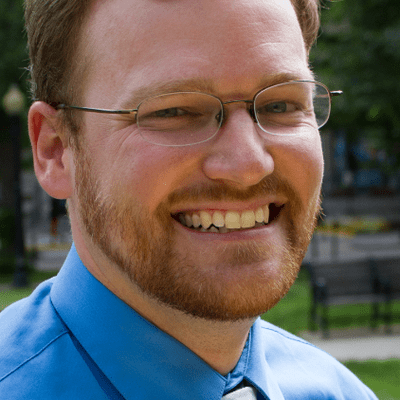Introduction
The U.S. Supreme Court today issued an opinion that is likely to further increase the flow of big money into politics.
In a 5-4 decision, the high court’s conservative-leaning justices struck down aggregate contribution limits to candidates and parties but kept base limits intact.
“The government may no more restrict how many candidates or causes a donor may support than it may tell a newspaper how many candidates it may endorse,” Chief Justice John Roberts wrote for the majority in McCutcheon v. Federal Election Commission.
Thus, at the federal level, a donor may still only give no more than $2,600 to a candidate per election, no more than $5,000 per year to a single PAC and no more than $32,400 to a national party committee. But there is no longer a limit on how many candidates, party committees or PACs a single donor can financially support.
The decision is the most important since the Citizens United v. Federal Election Commission case in 2010, which allowed for unlimited corporate and union spending in races, a decision which led to the creation of super PACs — groups that cannot directly contribute to candidates’ campaigns but can spend money on uncoordinated advertisements encouraging people to vote for or against candidates.
“Money in politics may at times seem repugnant to some, but so too does much of what the First Amendment vigorously protects,” Roberts continued. “If the First Amendment protects flag burning, funeral protests and Nazi parades — despite the profound offense such spectacles cause — it surely protects political campaign speech despite popular opposition.”
Roberts was joined in the decision by Justices Samuel Alito, Anthony Kennedy and Antonin Scalia. Justice Clarence Thomas concurred, but he argued the court should go even further.
In a blistering dissent, Justice Stephen Breyer wrote that the majority’s conclusion relies on “faulty” legal analysis and “understates the importance of protecting the political integrity of our governmental institutions.”
Taken together with Citizens United, he wrote, “today’s decision eviscerates our nation’s campaign finance laws, leaving a remnant incapable of dealing with the grave problems of democratic legitimacy that those laws were intended to resolve.”
Breyer was joined in his dissent by Justices Elena Kagan, Ruth Bader Ginsburg and Sonia Sotomayor.
Until today, an individual donor could contribute no more than $2,600 per candidate per election, with a primary election and the general election counting as separate contests. At the same time, individuals were prohibited from contributing more than $48,600 to all federal candidates.
Donors were further subjected to an additional $74,600 aggregate limit on how much they could give to all parties and political action committees, meaning one person could give no more than $123,200 during the two-year election cycle.
During the 2012 election cycle, about 600 individuals hit the aggregate limit on donations to candidates, according to data provided to the Center for Public Integrity by the Center for Responsive Politics. And about 1,700 people hit the aggregate limit on donations to political parties.
More of these big-dollar donors favored Republicans with their giving than Democrats.
The Supreme Court’s McCutcheon decision is also likely to increase the flow of money into state elections.
A dozen states and the District of Columbia impose aggregate limits of one form or another on campaign contributions, according to David Mitrani, an attorney at the Washington, D.C.-based firm Sandler, Reiff, Young & Lamb.
Aggregate contribution limits in the states “are unlikely to survive under the logic of the McCutcheon opinion,” Mitrani told the Center for Public Integrity.
Read more in Money and Democracy
Money and Democracy
Where super PACs kick back
Money and Democracy
More than a dozen states could throw out donation caps after McCutcheon ruling
Repeal laws ‘or be sued’ conservative lawyer Jim Bopp says

Join the conversation
Show Comments